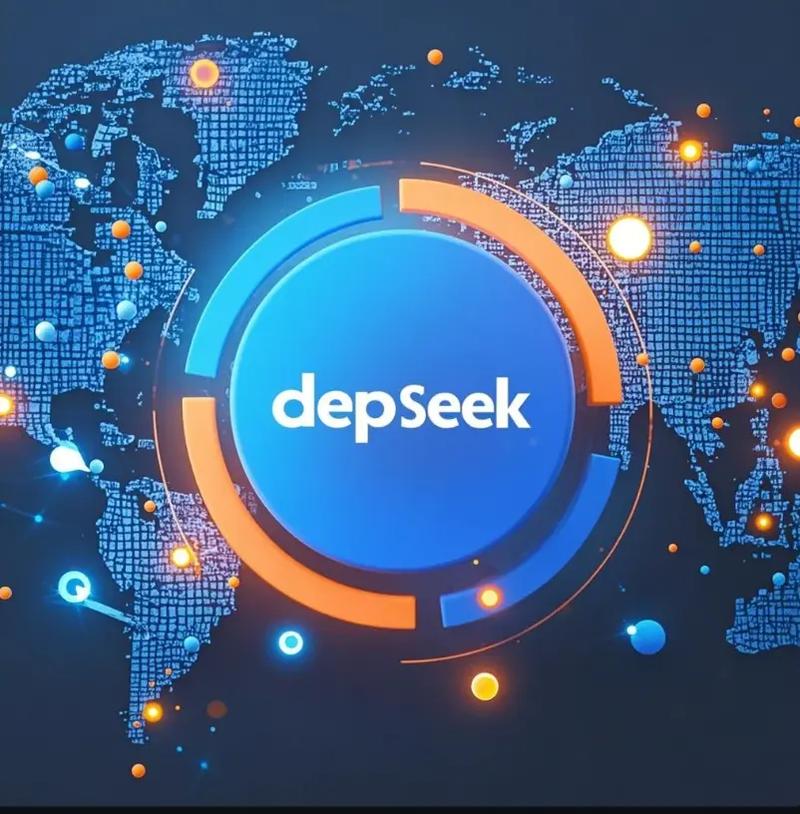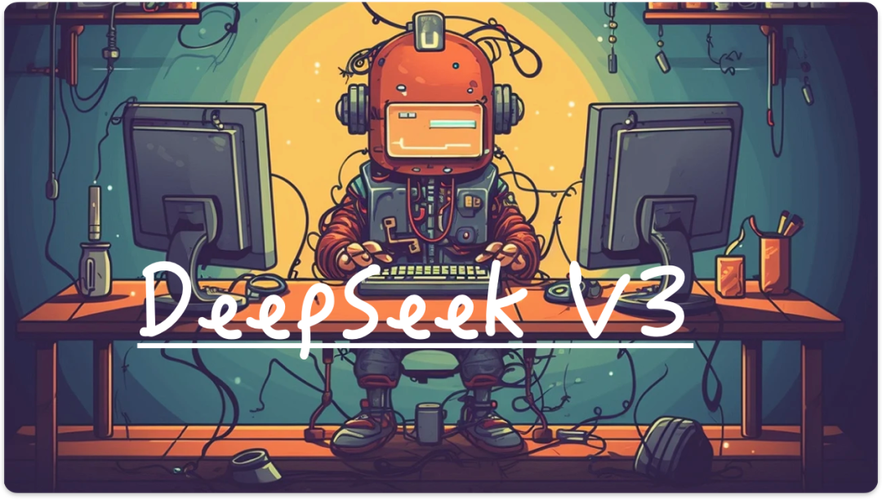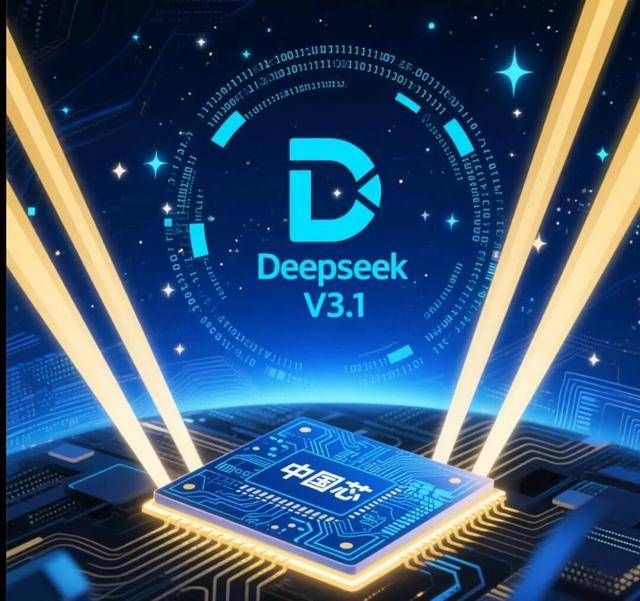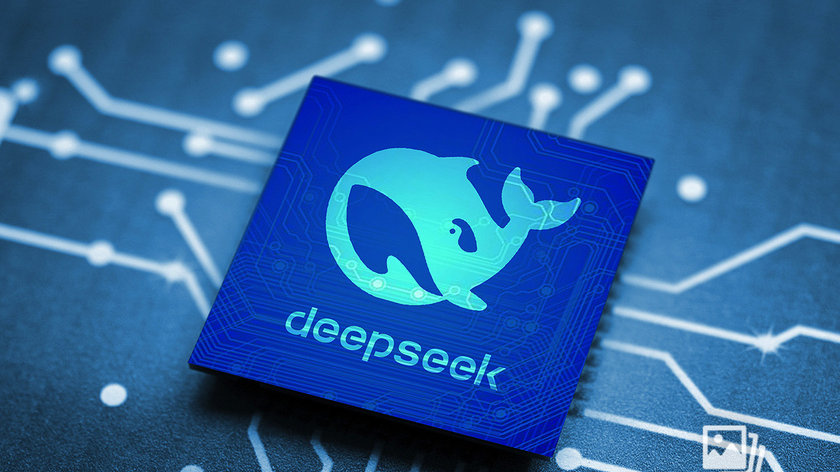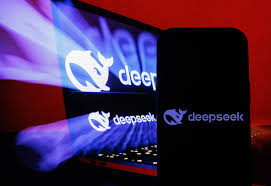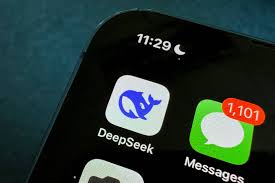Create Dynamic Data Visualizations in One Minute with DeepSeek
Introduction
In today's fast-paced world of data science and real-time analytics, being able to generate dynamic, interactive data visualizations in seconds can offer a major edge. With DeepSeek’s advanced language models and cost-effective API, you can now create professional-grade animated charts, real-time dashboards, and dynamic visual narratives — all with just a few lines of code.

This 4000-word guide will walk you through how to use DeepSeek (especially R1 and V3 models) to build dynamic data visualizations in under a minute, covering common chart types, libraries, automation workflows, and real-world applications.
Why Use DeepSeek for Data Visualization?
Core Benefits
-
🧠 Intelligent automation: From data loading to plotting, DeepSeek can generate complete Python scripts with accurate syntax.
-
💸 Cost-effective: Compared to other APIs, DeepSeek offers 30–50x lower costs for high-volume requests.
-
💻 Local deployment: Run everything on your own machine with quantized models.
-
🌏 Multilingual support: Build charts with English or Chinese prompts.
Ideal Use Cases
-
Quick dashboard mockups for business teams
-
Exploratory data analysis for researchers
-
Real-time reporting in low-code/no-code platforms
-
AI-assisted teaching for Python & data science
Libraries You Can Use
DeepSeek is highly effective at generating visualization code using popular Python libraries:
| Library | Use Case | Animation Support |
|---|---|---|
| Matplotlib | Static and animated plots | ✅ |
| Plotly | Interactive and web-based charts | ✅ |
| Seaborn | Statistical plots | ⚠️ (basic only) |
| Altair | Declarative visualizations | ✅ |
| Bokeh | Dashboards and web apps | ✅ |
| Pygame | Custom dynamic simulations | ✅ |
Prompt Examples: From Natural Language to Code
Example 1: Line Chart with Real-Time Data
Prompt:
Plot a dynamic line chart showing the temperature trend over 30 minutes with data updating every second.
DeepSeek Output:
-
Uses
matplotlib.animation.FuncAnimation -
Simulates temperature changes using
random.normalvariate -
Updates chart at 1-second intervals
Example 2: Animated Scatter Plot
Prompt:
Create an animated scatter plot of 100 moving points inside a 2D space.
DeepSeek Output:
-
Generates random x and y coordinates
-
Animates motion over frames
-
Adds color gradients to indicate speed
Example 3: Real-Time Stock Dashboard
Prompt:
Build a real-time dashboard that shows the price movement of Tesla, Amazon, and Google.
DeepSeek Output:
-
Fetches simulated or real API data
-
Plots three lines dynamically
-
Adds legends, labels, and timestamps
Real-Time Simulation with DeepSeek
Step-by-Step Workflow
-
Prompt the Model: Describe the visualization scenario in natural language.
-
Generate Code: Use DeepSeek R1 or V3 via API or web interface.
-
Copy & Paste Code: Into your Python IDE or notebook.
-
Run and Iterate: Modify parameters, styles, or data.
Speed Benchmarks
-
Generation Time: ~6–10 seconds per script
-
Edit/Customize Time: ~30 seconds
-
Final Output: Full animation within a minute
Hands-On Use Case: Covid Data Animation
Prompt:
Create an animated bar chart showing monthly COVID-19 cases by continent from 2020 to 2022.
Output Features:
-
Data loading via
pandas -
Preprocessing: group by month/continent
-
Animation via
matplotlibbar chart -
Labels, color coding, and title included
Sample Output Code (snippet):
import pandas as pd
import matplotlib.pyplot as plt
from matplotlib.animation import FuncAnimation
# Load and prepare data
data = pd.read_csv('covid_cases.csv')
... # preprocessing
# Animate
fig, ax = plt.subplots()
...
ani = FuncAnimation(fig, update, frames=len(months), interval=200)
plt.show()
Integration with Web and Dashboards
DeepSeek can also generate visualization code compatible with:
-
Streamlit: Quick dashboards with interactivity
-
Flask: Web app backend with chart endpoints
-
Gradio: AI model + visualization UI
-
Dash: Enterprise-grade dashboards
Prompt Example:
Create a Streamlit app that lets users upload a CSV and displays an animated line chart of selected columns.
Advantages Over ChatGPT and Others
| Feature | DeepSeek V3 | ChatGPT O3 | Claude 3.5 |
| Visualization Fluency | ✅ High | ✅ High | ⚠️ Basic |
| Python Accuracy | ✅ Excellent | ✅ Good | ✅ Moderate |
| Code Customization | ✅ Easy | ✅ Moderate | ⚠️ Limited |
| Output Simplicity | ✅ Concise, clear | ⚠️ Verbose | ⚠️ Inconsistent |
| Local Deployment | ✅ Yes | ❌ No | ❌ No |
Best Practices for One-Minute Visualizations
-
✅ Always test code in local Python IDE first
-
✅ Ask DeepSeek to add comments for easier understanding
-
✅ Use quantized models locally to speed up response
-
⚠️ Avoid overly complex plots in one request—split into smaller tasks
-
✅ Use caching if running in API mode to reduce costs
Conclusion: One-Minute Magic with DeepSeek
With DeepSeek, creating dynamic data visualizations is no longer just for seasoned coders or designers. In under a minute, you can:
-
Generate live animations
-
Build real-time dashboards
-
Explain trends visually
-
Impress clients, students, or teams
As AI tools become more powerful and accessible, DeepSeek proves that you don’t need a big budget or a PhD to turn complex data into stunning visuals. Try it today and experience the one-minute difference.
Try It Now
-
Use prompt: “Create an animated chart of…”
-
Or run locally with LM Studio + DeepSeek GGUF model
📊 Visualize smarter, faster, and cheaper—with DeepSeek.
